|
Did you know that not all roosters say "Cock-a-doodle-doo?" If you ask a German child to imitate a rooster, they will respond with a resounding, "kikeriki!” A Korean child will tell you that they say "Ko-ki-oh," and a French one will say, "Cocorico!" What this tells us, is that human interpretations of animal sounds, the world over, are directly connected to linguistics. When you teach your child to interpret and reproduce animal sounds, you are providing them with a strong foundation of sounds on which to build not only their native tongue, but potentially other languages as well. Animal StoryThis week at Spellbound, we honored animals and the unique sounds they make, with the book Brown Bear, Brown Bear, What Do You See? by Eric Carle and Bill Martin Jr. Now it's your turn to liven up your favorite story with some fun animal sounds! Materials: Storybook Step 1: Find one of your child's favorite storybooks that features animal characters (preferably a large variety of animals) Step 2: Read the book once through to re-familiarized yourself and your child with the story Step 3: The second time through, whenever an animal character appears, ask your child what sound they make. Don't be afraid to help them to make it if they are stumped! Magic ElevatorNow that you've practiced making the sounds, it's time to bring them to life with a little movement.
Materials: An open space 2 chairs Your body Your Imagination Paper(optional) Markers/ crayons/ pencils/ etc. (optional) Step 1: Clear an open space, set up your magic elevator at the edge of it using 2 chairs, and assign an environment to floors 1-5, or as many as you like. ex: Under the sea, jungle, forrest, etc. Step 1.5: Here you may choose to make an elevator sign so that your child knows which environment they are going to. Or feel free to leave it a surprise! Your child can also help you decorate too Step 2: Step into your elevator, making the appropriate sound effects of course, and ask your child to select a number floor to travel to Step 3: When you arrive at your selected floor, you and your become the animals found in each environments. And don't forget about animal sound effects Step 4: Repeat steps 2 and 3 with as many floors/ environments as desired *Post any pictures you take of you and your little one to our Facebook Page, with the hashtag #spellboundanimalsounds
0 Comments
We've all heard that exposure to music is good for babies for any number of developmentally significant reasons, but did you know that it can encourage helping behavior? According to a study conducted by McMaster University researchers Laurel Trainor, Laura Cirelli, and Kathleen Einarson, being bounced to music leads babies to help an adult pick up dropped objects, and ultimately "cements social bonds." In order to encourage these, and they myriad other benefits of music, we dedicated this week's Storytime classes to exploring instruments and the sounds they make. Now it's your turn to make some music of your own. 1,2, a 1,2,3,4! Kitchen OrchestraOur story this week was "Zin, Zin, Zin a Violin!" by Lloyd Moss, which is all about playing music in an orchestra, but did you know that you have an orchestra living under your roof? And where do you store your instruments? In your Kitchen cabinets, of course! Materials: pots pans tupperware maison jars wooden/ plastic serving spoons anything else in your kitchen that looks like a fun instrument Step 1: Present your child with serving spoon Step 2: Invite them to tap on various cookware with the spoon and/ or their hands, demonstrating different rhythms Step 3: Choose a favorite song (preferably one that your child is already familiar with) and demonstrate tapping the rhythm on the assembled cookware. See if they join in! Dance Party!Because who doesn't love a good dance party? And because it's a great way for your little one to feel music in their body. Moving rhythmically to music creates a tangible connection for children, providing a foundation for a life long association between music and fun!
Materials: music playing device dance floor Step 1: Find a recording of the song you and your child just played together in your Kitchen Orchestra (or another family favorite) Step 2: Hold your little one and sway/ bounce to the beat! (For slightly bigger little ones, stand facing them, holding their hands and encourage them to sway/ bounce with you) Step 3: Play other songs with different tempos and rhythms, and experience swaying/ bouncing to them Challenge: Once you have mastered the sway and/ or bounce, make up your own dance moves... but don't loose the beat! *Don't forget to post pictures of you and your little one doing these activities to our Facebook Page with the hashtag #spellboundsounds! Take it away, maestros! There is a Chinese Proverb that goes “Tell me and I will forget; show me and I may remember; involve me and I will understand.” Here at Spellbound, we embody this philosophy by using stories, puppets, and interactive theatrical experiences to teach children a wide range of skills from mastering language to more abstract concepts like understanding and coping with daily routine. This week, in the spirit "involving" our explorers, Storytime classes were devoted to exploring the body through art, AND to using the body as a means by which to explore art. Here are some fun ways for you and your little one can do just that at home! Body StoryTell your child a story that makes frequent mention to parts of the body. Encourage and/or help them point to that body part whenever it is mentioned in the story. Example story: Once upon a time, there was a princess who walked everywhere on her TOES. One day, she got an idea in her HEAD that she would go for a bike ride around her kingdom. She pulled her shoes on her FEET and wrapped her scarf around her NECK, as it was the dead of winter, and set off. She was riding along her favorite street, when her EYES fell upon the most beautiful dog she had ever seen. So distracted was she by this dog, that she forgot to look where she was going, and crashed into a street sign! She fell of her bike, skinning her ELBOW. She did not know what to do, but just when she thought all hope was lost, the dog she had seen earlier came bounding around the corner, with a bandage in his MOUTH. The princess got on her KNEES, and took the bandage in her HANDS. Together they bandaged up her scrape, and she peddled back to her castle, the sound of the dogs friendly bark ringing in her EARS. Finger PuppetsNot only can we tell stories about our bodies, but we can use our bodies to tell stories. A Trip to the Circus Imagine running a consecutive 30 mile race. Impossible, right? What about climbing a 9,777 foot tall mountain? Now imagine doing these things Every. Single. Day. Materials: |
Authors
Lauren Jost, Director Archives
December 2017
Categories |

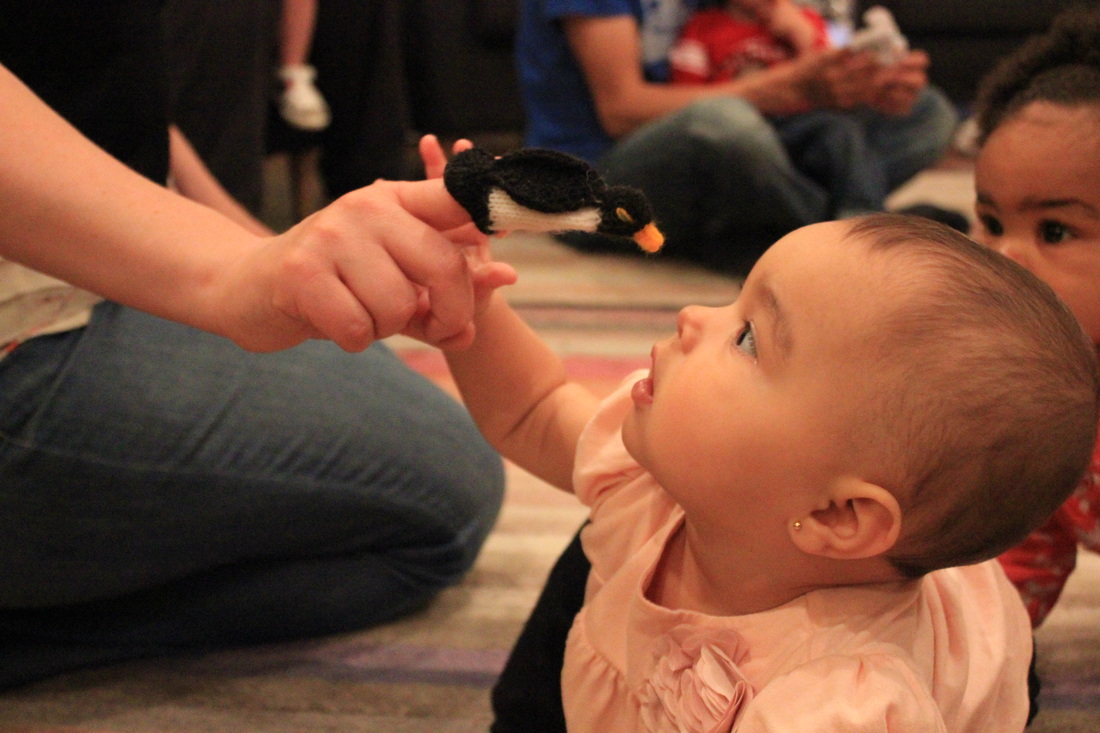
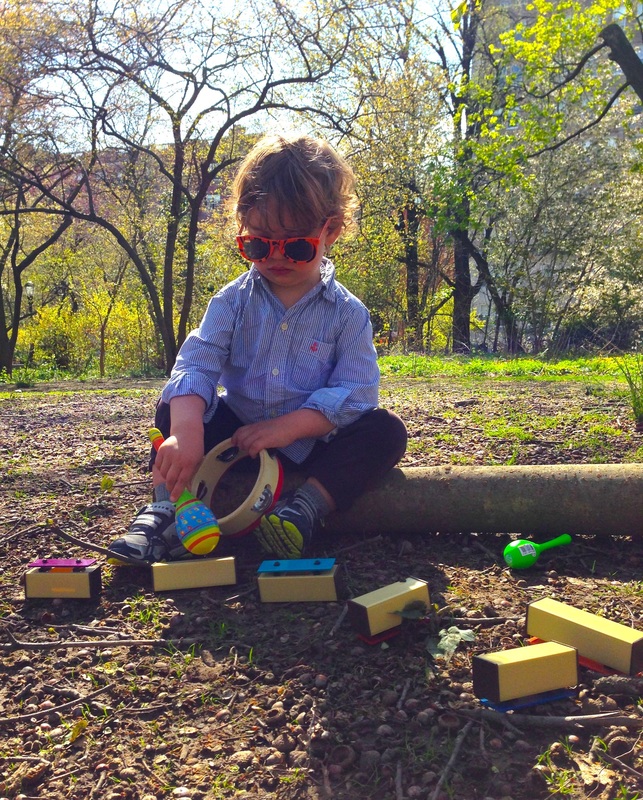
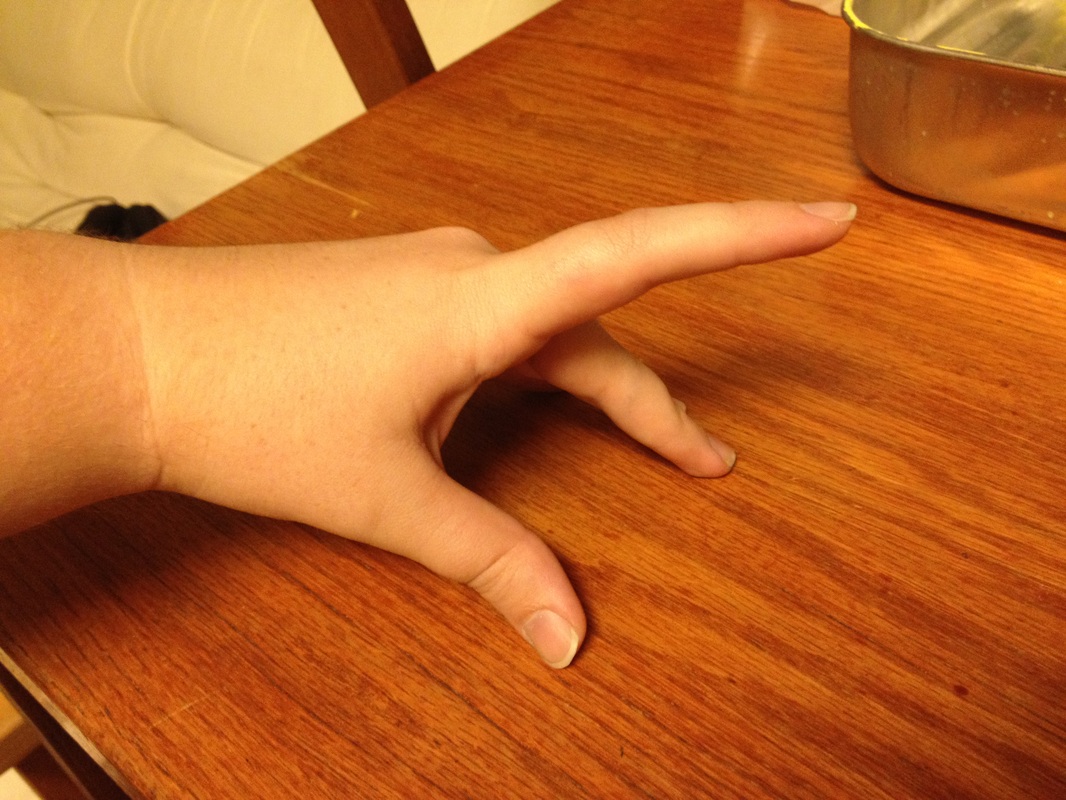
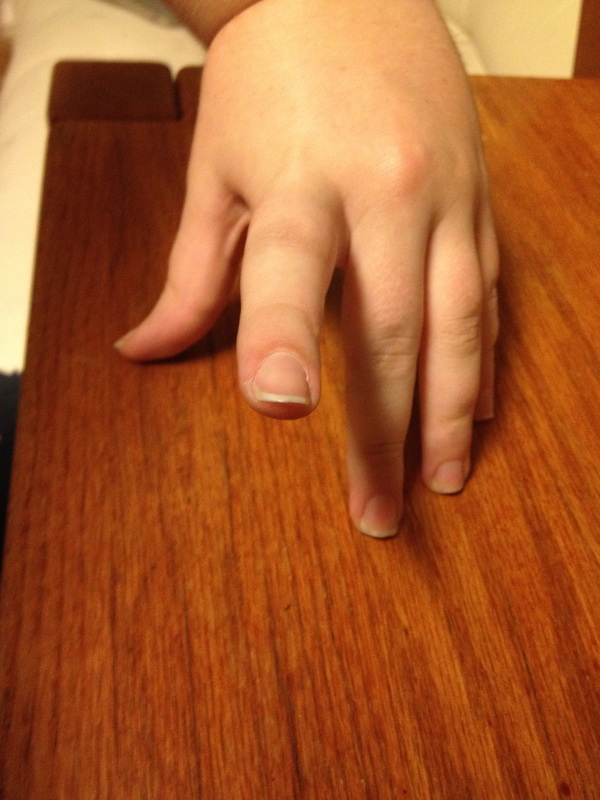
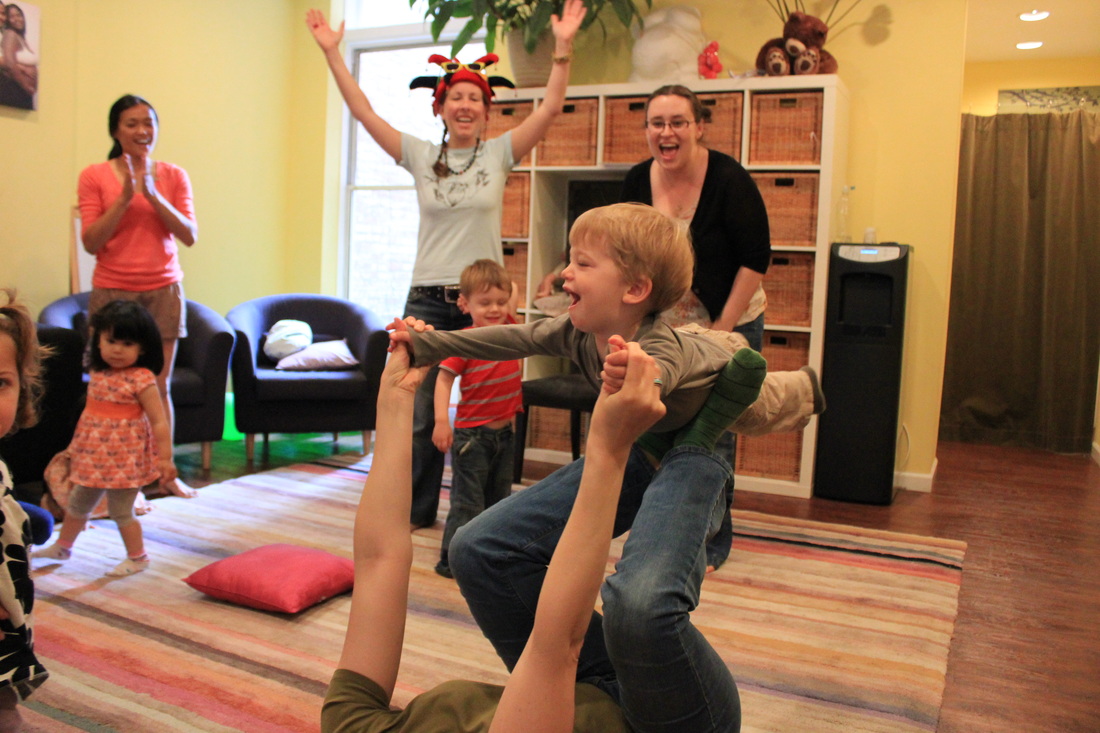
 RSS Feed
RSS Feed